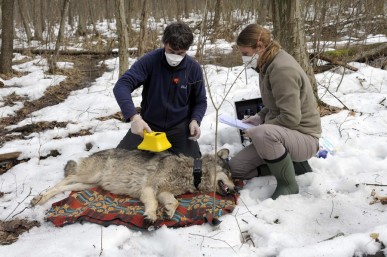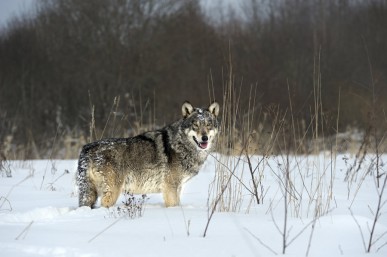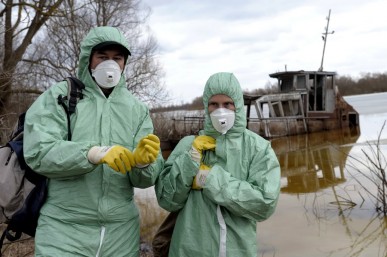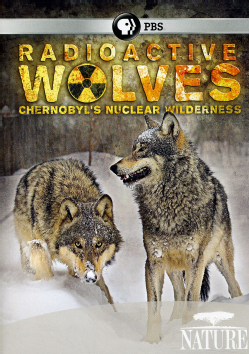
(Radioaktive Wölfe)
Austria, 2011, 52 min, German/English Subtitle
Production ORF, NDR, WNET & Epo-film
Latin American Premiere
25 years after the biggest nuclear accident in history, wolves reign the radio-actively contaminated no-man's-land, the so-called exclusion zone, of Chernobyl, which stretches from Ukraine into Belarus and Russia. After the explosion of the Chernobyl reactor on April 26, 1986, one city and some 150 villages were evacuated. About 340.000 people were displaced. Uninhibited by the presence of humans, a profusion of wild species has since taken over a territory of about 3.000 square kilometers, creating a new wilderness. At the top of this eco-system is the wolf. Rumors about wolves in the zone have been numerous, but hard facts are still rare. Curious about these rumors, Christoph and Barbara Promberger, carnivore experts from Germany and Austria who have conducted wolf studies around the world visited the zone in 2009 to get a personal impression. They were overwhelmed by the obviously numerous presence of wolves in what has been called the Chernobyl Jungle and is officially the Polessie Radio-Active Reserve.



Award for "Rdioactive Wolves" at "Jackson Hole Wildlife Film Festival"
Weiterer Erfolg für die ORF-Marke "Universum": Am Donnerstag, den 6. Oktober 2011, erhielt die ORF-Sendereihe "Universum" ihre jüngste - und im Jahr 2011 wichtigste - Auszeichnung. Beim "Jackson Hole Wildlife Film Festival" im amerikanischen Wyoming, dem neben dem englischen "Wildscreen Festival" in Bristol weltgrößten Naturfilmfestival, wurde die "Universum"-Dokumentation"Radioaktive Wölfe" von Klaus Feichtenberger mit dem ersten Preis in der Kategorie "Best Wildlife Habitat" ausgezeichnet - und setzte sich damit gegen hochkarätige Konkurrenz wie etwa BBC-Dokumentationen erfolgreich durch. (Quelle/Source: ORF)
Special Achievement Award
for its in-depth study of wildlife within Chernobyl's Zone of Abandonment where civilization suddenly stopped, and flora and fauna rushed in where humans fear to tread. This film takes us through radioactive towns and across contaminated waterways to observe up-close and personal the region's waterfowl, birds of prey, beavers, fish, bison, wild horses, and the Zone's top predator, wolves. It strives to answer the question: how fares nature's top predator inside Chernobyl's radioactive Zone of Abandonment?
Radioactive Wolves is a naturalist masterpiece for the end of the world. Shot over a period of several years, it moves at the stately pace of the seasons. The answer to its top-predator question is inconclusive. The film's scientists are a new breed of post-apocalyptic humans, ones with nothing left to lose who have become deeply respectful of nature that has been stricken but not yet annihilated by human folly.
Robert del Tredici




